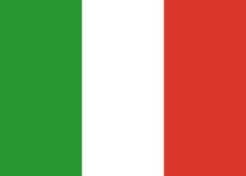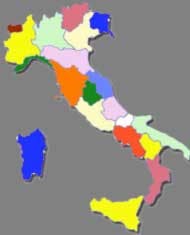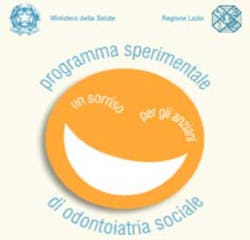A Ministry Decree from the Italian Government in January 1988 defined, for the first time, the professional roles and tasks of dental hygienists. In 1989, AIDI became a member of the International Federation of Dental Hygienists (IFDH). In 1993, the first National Labour Contract was signed in Rome, and the dental hygiene role was recognized.(2)
A Ministry Decree in September 1994 declared “rules concerning the Dental Hygienists’ location and professional profile.” Dental hygiene was then considered a Technical Health Care Profession in the medical care area. The Bologna Declaration of June 1999 put in motion a series of reforms needed to make European Higher Education more compatible and comparable, more competitive and more attractive for Europeans and for students and scholars from other continents. Reform was needed then, and reform is still needed today if Europe is to match the performance of the best performing systems in the world.(3)
This declaration makes an easier academic system, which includes a first level degree (three years) and a second level degree (two years). Dental hygienists second level degree is a degree in the area of technical health professions. Through this formative training, dental hygienists can access management positions in both public and private organizations. A second level degree also allows entrance to PhD programs and second level master's programs.
In a social role, a dental hygienist can help the underserved to access public health care programs. There will be greater cooperation between dental and social programs. Examples are: Overland for Smile; Health Smile projects in schools; and Festival della Salute, an activity dedicated to promote health habits (also oral health) for consumers. Working with and developing programs for those with special needs will increase. The Deontological Code consists of: “Rules and Principles That Dental Hygienists Must Respect and Make All People Respect in the Exercise of Their Profession. These Rules Move the Choices inside the Different Liability Levels.”
--Pope Giovanni Paolo IIReferences 1. http://www.aiditalia.it/. 2. http://www.ifdh.org/. 3. http://ec.europa.eu/education/higher-education/bologna_en.htm.














